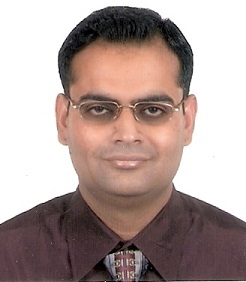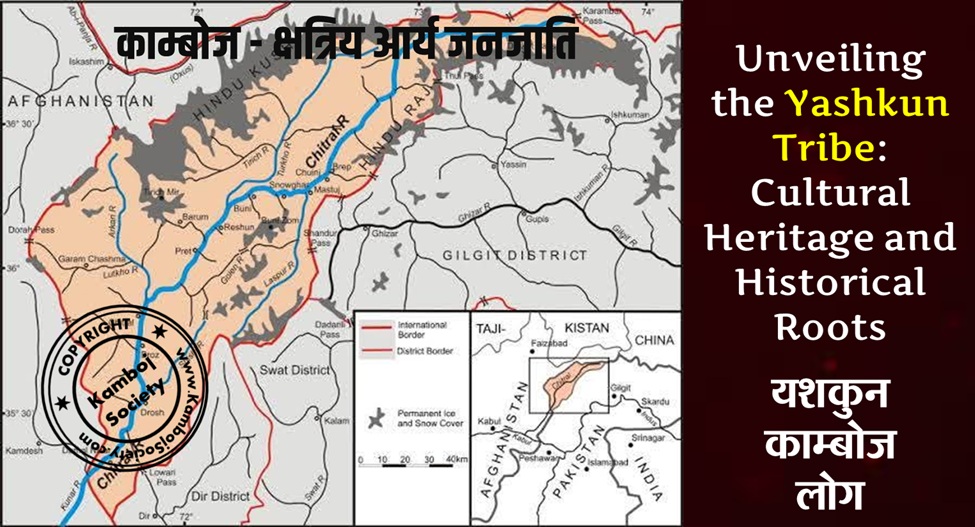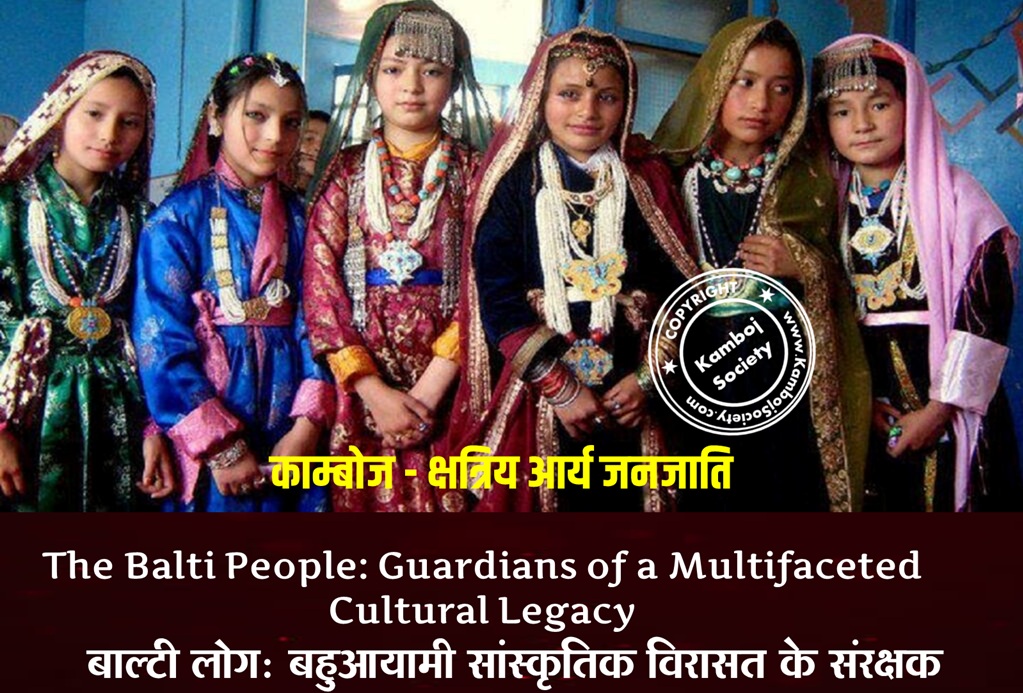Baba Deep Singh (1682–1757) is revered among Sikhs as one of the most hallowed martyrs in Sikhism and as a highly religious person. He is remembered for his sacrifice and devotion to the teachings of the Sikh Gurus. Baba Deep Singh was the first head of Misl Shaheedan Tarna Dal - an order of the Khalsa military established by Nawab Kapur Singh, the then head of Sharomani Panth Akali Buddha Dal.
The Damdami Taksal also state he was their first head of their order. His name is also found as Deep Singh (without the "Baba" honorific) and Baba Deep Singh Ji.
Early life
Baba Deep Singh was born in 1682 in the Kamboj family of Father Bhagta and mother Joini . He lived in the village of Pahuwind in the district of Amritsar.
He went to Anandpur on the day of Vaisakhi in 1699, where he was baptized into Khalsa by Guru Gobind Singh. Baba Deep Singh took
Khande di Pahul or Amrit Sanchar (ceremonial initiation into Khalsa). As a youth, he spent considerable time in close companionship of Guru Gobind Singh. He started learning weaponry, riding and other martial skills. From Bhai Mani Singh, he began learning, reading and writing Gurmukhi and the interpretation of the Gurus' words. After spending two years at Anandpur, he returned to his village in 1702. He was summoned by Guru Gobind Singh at Talwandi Sabo in 1705, where he helped Bhai Mani Singh in making copies of the Guru Granth Sahib.
Warrior
Misldar
In 1709, Baba Deep Singh joined Banda Bahadur during the assaults on the towns of Sadhaura and Sirhind. In 1733, Nawab Kapur Singh appointed him a leader of an armed squad (
jatha). On the Vaisakhi of 1748, at the meeting of the Sarbat Khalsa in Amritsar, the 65
jathas' of the Dal Khalsa were reorganized into twelve Misls. Baba Deep Singh was entrusted with the Leadership of the Shaheedan Misl.
The Demolition of the Harimandir Sahib
In April 1757, Ahmad Shah Durrani raided Northern India for the fourth time. While he was on his way back to Kabul from Delhi with precious booty and young men and women as captives, the Sikhs made a plan to relieve him of the valuables and free the captives. The squad of
baba Deep Singh was deployed near Kurukshetra. His squad freed a large number of prisoners and raided Durrani's considerable treasury. On his arrival in Lahore, Durrani, embittered by his loss, ordered the demolition of the Harimandir Sahib. The shrine was blown up and the sacred pool filled with the entrails of slaughtered cows. Durrani assigned the Punjab region to his son, Prince Timur Shah, and left him a force of ten thousand men under General Jahan Khan.
Baba Deep Singh, 75 years old, felt that it was up to him to atone for the sin of having let the Afghans desecrate the shrine. He emerged from scholastic retirement and declared to a congregation at Damdama Sahib that he intended to rebuild the temple. Five hundred men came forward to go with him. Deep Singh offered prayers before starting for Amritsar: "May my head fall at the Darbar Sahib." As he went from hamlet to hamlet, many villagers joined him. By the time
baba Deep Singh reached Tarn Taran Sahib, ten miles from Amritsar, over five thousand peasants armed with hatchets, swords, and spears accompanied him.
Martyrdom - Two Versions
According to the Sikh legend, Baba Deep Singh had vowed to avenge the desecration of the Golden Temple by the Afghan army. In 1757, he led an army to defend the Golden Temple. The Sikhs and the Afghans clashed in the Battle of Gohalwar (1757) on November 11, 1757, and in the ensuing conflict Baba Deep Singh was decapitated.
Version One
The first version has it that Deep Singh continued to fight after having been decapitated, slaying his enemies with his head in one hand and his sword in the other. In this version, only upon reaching the sacred city of Amritsar did he stop and finally die.
Version Two
On being mortally wounded with a severe gash to his head, a Sikh reminded Baba Deep Singh, "You had resolved to reach the periphery of the pool." On hearing the talk of the Sikh, he supported his head with his left hand and removing the enemies from his way with the strokes of his double-edged sword with his right hand, reached the periphery of Harmandir Sahib where he breathed his last. The Singhs celebrated the Bandhi-Sor Divas of 1757 A.D. in Harmandir Sahib"
.
The Sikhs recovered their prestige by defeating the Afghan army and the latter were forced to flee.
The spot where the legend Baba Deep Singh's head fell is marked in the Golden Temple complex, and Sikhs from around the world pay their respects there. Baba Deep Singh's 40










